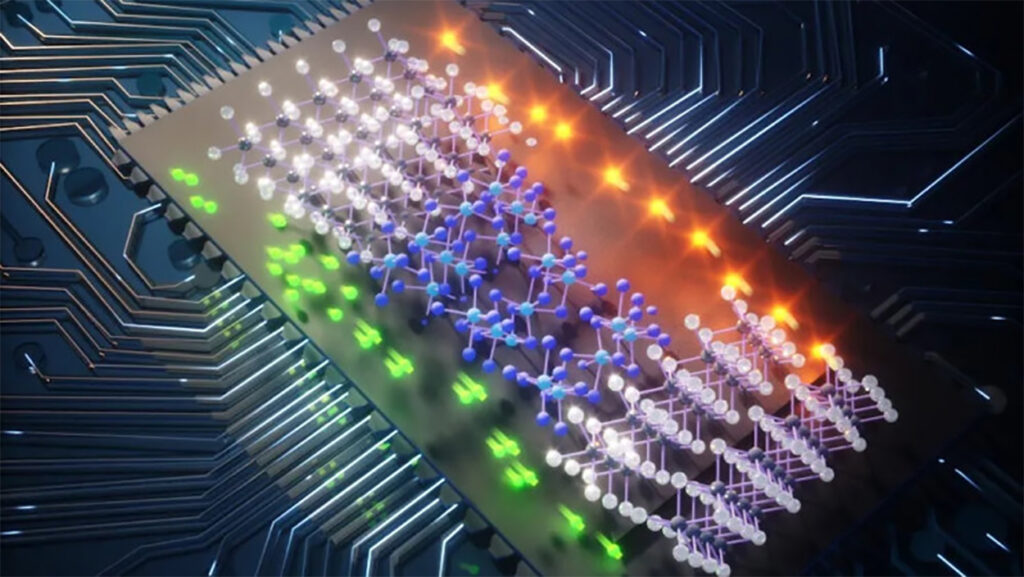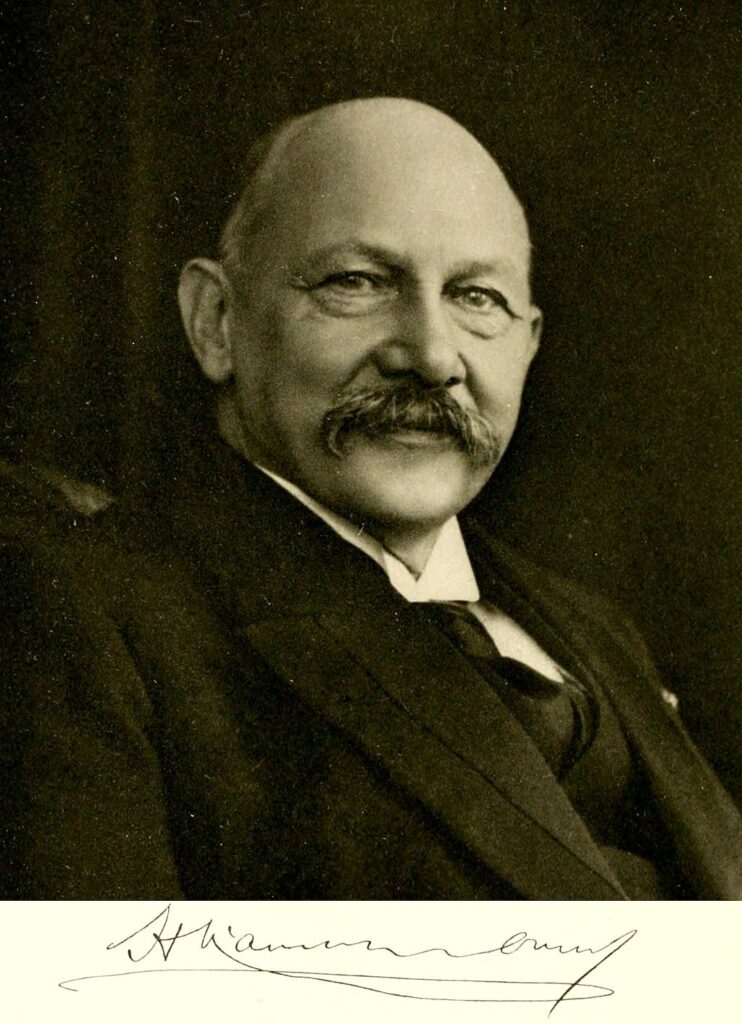The First One-Way Superconductor Could Possibly Make Computers 400X Faster

Superconductivity is about some materials that conduct direct electric current without energy loss after they cool down below their critical temperature. The materials likewise expel magnetic fields as they shift to their superconducting status.
New discovery
A research team from TU Delft (Delft University of Technology) in the Netherlands recently presented a one-way superconductor with zero resistance. The group says the superconductor blocks current coming from the opposite direction. According to a report, this discovery has the potential to provide tons of energy savings while making computers perform 400 times faster.
Think of a computer running on electricity that flows endlessly. But, at the same time, the computer will not overheat. The discovery of the TU Delft research team allows electricity to flow in a single direction.
According to the team, traditional superconductors can make electronic devices run faster while eliminating energy losses. But they need magnetic fields to prevent them from conducting in all directions; thus, it was not practical to use them for computing.
The TU Delft team discovered an alternative way to control the current direction in a superconductor without using magnets. Instead, the research team used a new quantum material developed by Johns Hopkins University material physics team. The material, called Nb3Br8 was similar to graphene. The material has its own electric dipole and is atomically thin.
Incidentally, the history of superconductivity started in the Netherlands. Heike Kamerlingh Onne, a Dutch physicist, discovered superconductivity in 1911. He was also known for being the first person to liquefy helium. Since he discovered superconductivity in mercury, many more superconducting materials have been found. It led to the further development of the theory of superconductivity. The subject remains an active area of study to this day.

The story behind the discovery
The team, led by associate professor Mazhar Ali, outlined how their work on superconducting diodes can boost computing.
They created what they call Quantum Material Josephson Junctions. Using two superconductors, they separated the two materials with a layer of Nb3Br8. According to Prof. Ali, they managed to peel off a layer of Nb3Br8 that was about two atomic layers thick. As a result, they could make a very thin sandwich with the materials to create a Josephson diode. Prof. Ali said it was impossible to achieve it using 3D materials.
He further explained that traditional technologies used the older versions of the Josephson Junctions, such as MRI. Even quantum computing used today is based on JJ superconductors. He added that devices using semiconductors would have the potential to use superconductors based on their discovery. This will enable the production of computers with terahertz speed and influence many other tech applications.
The team built several devices to test the new JJ superconductor, and their experiments were successful. But the main drawback is the temperature. They ran their tests at freezing temperatures—around -196 °C or -321 °F. The team is now trying to figure out how to run the JJ superconductor at average temperatures. Once they succeed, they will move to the next step—how to scale the superconductor for mass production.
At its current state, the TU Delft researchers think their superconductor applies to supercomputers and centralized server farms. It could benefit more people at the least possible cost. The team hopes to overcome the glitches and believes their discovery can revolutionize supercomputing and centralized computing.